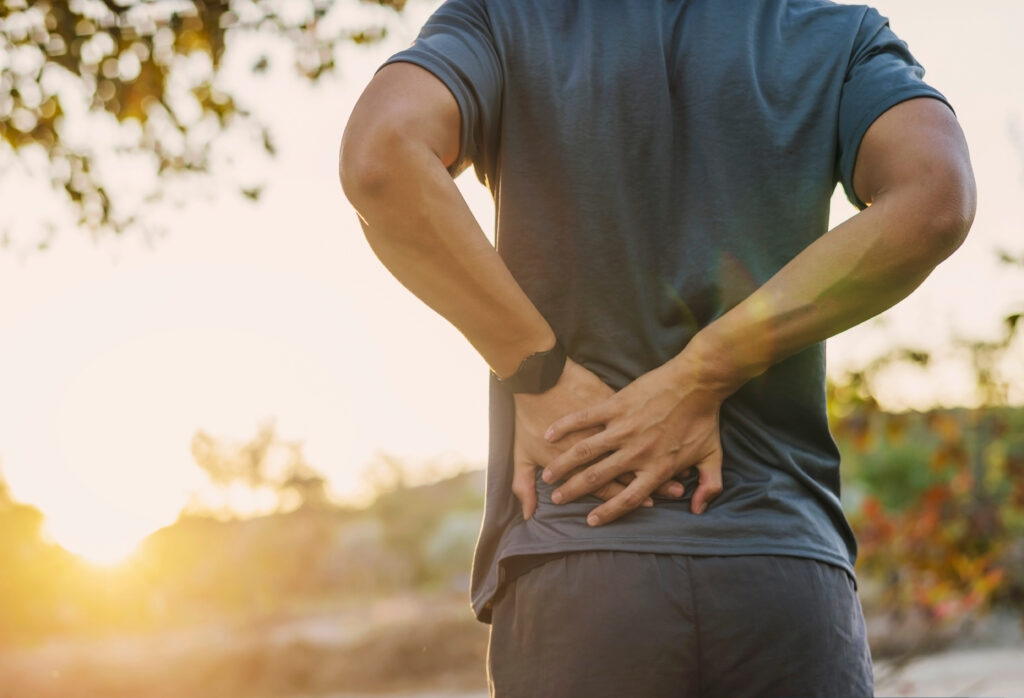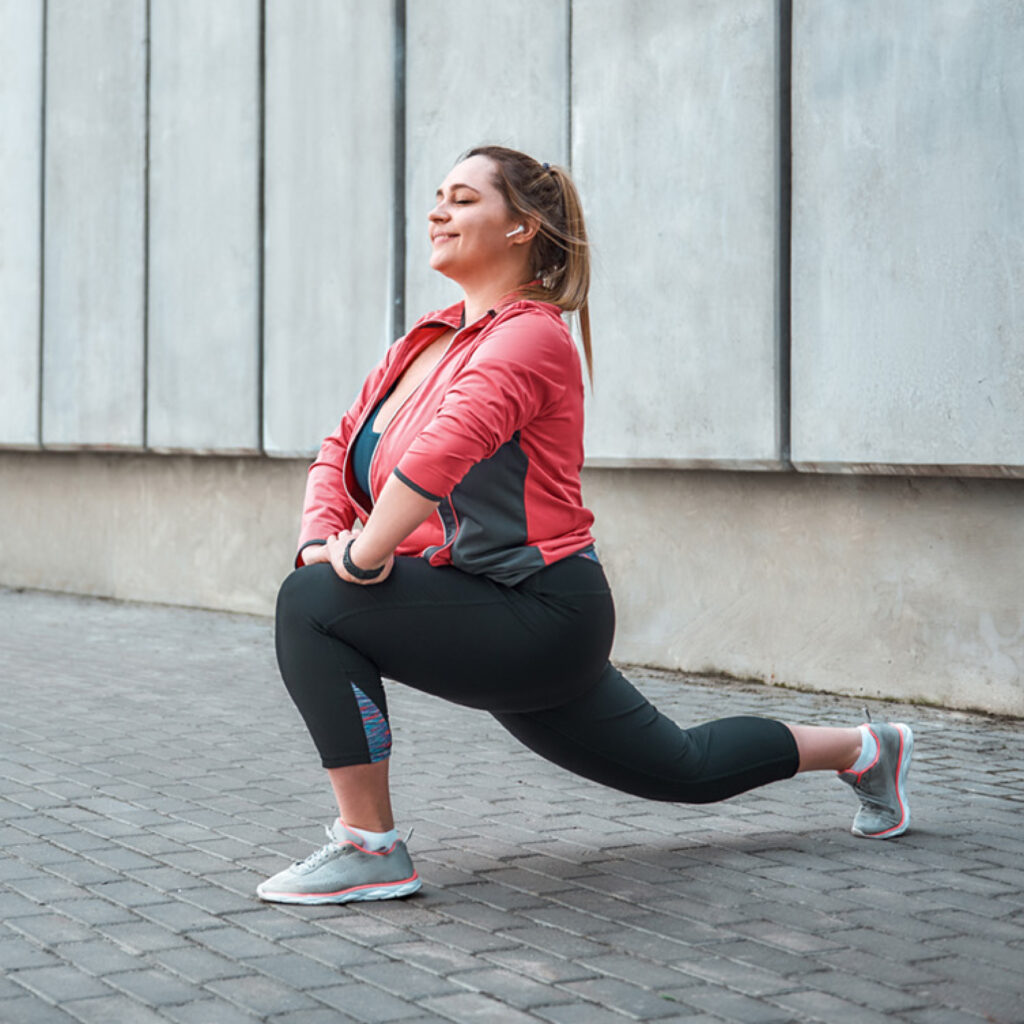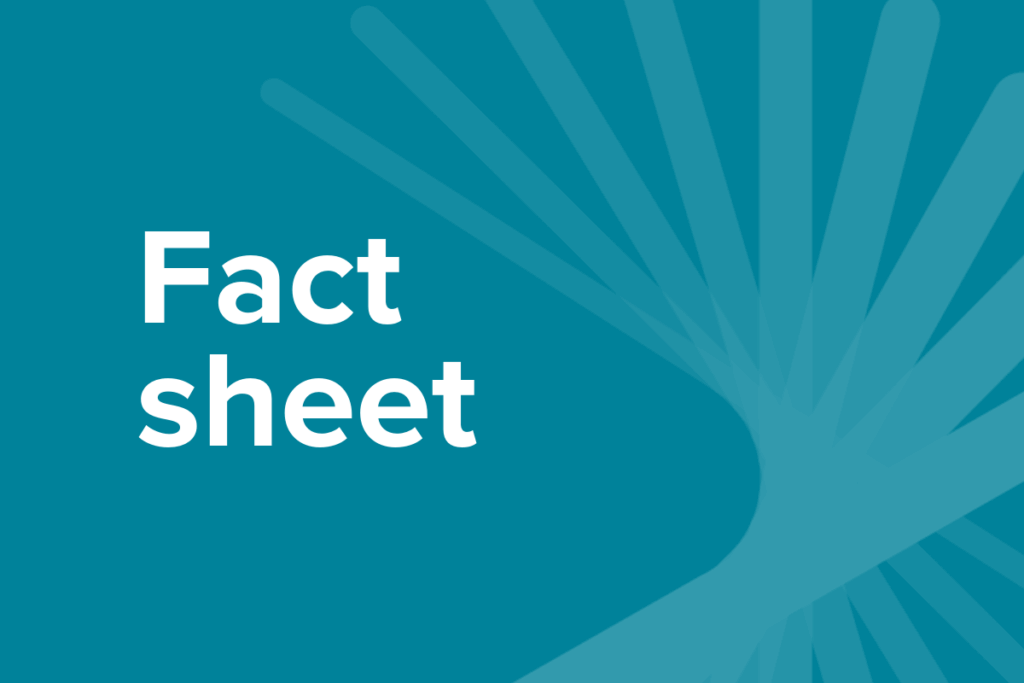Lower back pain
Low back pain is very common. So common, in fact, that most (80%) Australian adults will experience at least one episode of low back pain during their lifetime. Although often very painful, most low back pain is not caused by a serious problem and will resolve with some simple care. Physical activity is an important part of that care.
Home / Lower back pain

When should you seek immediate help?
Back pain can be caused by serious disease or damage to the tissues of the back. You should seek advice from a health care practitioner as soon as possible if your back pain:
- occurs after a traumatic event, such as a car accident or a fall
- wakes you during the night
- does not reduce or change, no matter how you move or change position
- accompanies numbness, tingling, or ‘pins and needles’ in your bottom, legs or feet
- accompanies changes to your bowel or bladder control.
How does exercise help with lower back pain?
Exercise is great for supporting lower back pain management. Try to stay as active as you can, allowing for the restrictions in movement that may come with pain. If you enjoy gardening, then staying active may mean pottering in your garden, even if heavy jobs such as digging or pruning are too much for you. If you run marathons, staying active may mean continuing training but reducing the distances you run each week.
While you are in pain, staying active prevents loss of physical fitness, muscle strength and cardiorespiratory function. Staying active therefore helps ensure that other aspects of your health do not decline.
What type of exercise is best for lower back pain?
Accredited exercise physiologists can help plan a suitable graduated/strengthening training program in your preferred form of exercise. Your spine and the surrounding muscles are designed for movement. It is important you seek assistance with planning exercise if you have had multiple episodes of low back pain, because the back muscles can respond differently after repeated bouts of back pain.
To keep physically improving, your exercise program must become increasingly more difficult; this is called graduated training. For example, if you stayed active by walking, to gain further health benefits you now need to walk further or faster, walk up hills, or carry weights.
Strength in the small muscles that stabilise the lower back, does not return automatically when low back pain eases. To regain this strength, you may need to do some specific strengthening exercises, with graduated difficulty to progressively increase strength.
Frequently asked questions
What is an Accredited Exercise Physiologist (AEP)?
An Accredited Exercise Physiologist (AEP) is an allied health professional that prescribes individualised exercise therapy to help people manage their chronic conditions, disabilities, long-term injuries and so much more. They are the most qualified professionals in Australia when it comes to the prescription safe and effective of exercise therapy.
Who should see an AEP?
Anyone who wants to move safely and improve their health can benefit. From chronic conditions to injury recovery, or simply wanting advice on how to exercise right, an exercise physiologist is the expert to see.
Is an AEP covered by Medicare or private health insurance?
Yes. As allied health professionals, exercise physiology services are recognised in government health funding including Medicare, National Disability Insurance Scheme (NDIS) and Department of Veteran’s Affairs (DVA), workers’ compensation and private health insurers. It’s important that you check with your provider as coverage can vary.
Where can I find an AEP?
Use recognised directories like Exercise & Sports Science Australia (ESSA), ask your GP or look for allied health clinics with AEP credentials.
You may also like

Does Exercise Make Pain Better or Worse?
This article was contributed and written by Accredited Exercise Physiologist, Biara Webster. Ongoing pain, sometimes referred to as chronic pain or persisting pain, impacts every part of our lives. Similarly, every part of our lives can also impact pain. In other words, pain, although felt in the body, is influenced by a mixture of biological, […]
5 Yoga Poses for Back Pain
Does your back hurt? You’re not alone! Many people suffer from back pain, especially lower back pain. In a world where we spend so much of our time sitting at a desk, in the car or on the couch, it’s no wonder most of us experience some kind of non-specific musculoskeletal pain at some point. […]

